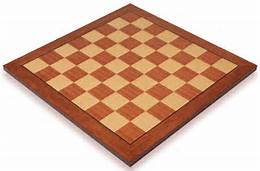19 chess boards

There are 19 chess boards, each with 64 removable squares.
Two players take turns removing an group of squares from any single chess board they like, until all the squares are gone. The winner is the one who takes the last square (or last group of squares).
Can either player guarantee a win?
Details and Assumptions :
- In a given turn, players only remove from one chess board, and must remove a complete array of squares. That is, if they remove a 3 3 array of squares, they should remove exactly nine squares.
- Ignore the borders of the chessboards, and consider only the 64 squares in them.
- Both players play optimally.
Image credit: ebay.com.
This section requires Javascript.
You are seeing this because something didn't load right. We suggest you, (a) try
refreshing the page, (b) enabling javascript if it is disabled on your browser and,
finally, (c)
loading the
non-javascript version of this page
. We're sorry about the hassle.
The first player can win by removing all 64 squares from any chessboard, lets say the 19th chessboard. After that, there are 18 boards, and he/she can win by simply mimic'ing whatever the other player does. That is, if the other player removes a 3x3 array from chessboard #1, he/she removes the exact same bunch of squares from chessboard #2.
For this strategy you can pair up the chessboards any way you like. Perhaps the simplest way is to pair up 1 with 2, 3 with 4, ... and 17 with 18. And just make sure that pairs match exactly after your move, as described above. This will guarantee you a win.
Therefore, yes, the first player can guarantee a win.
Make sense?